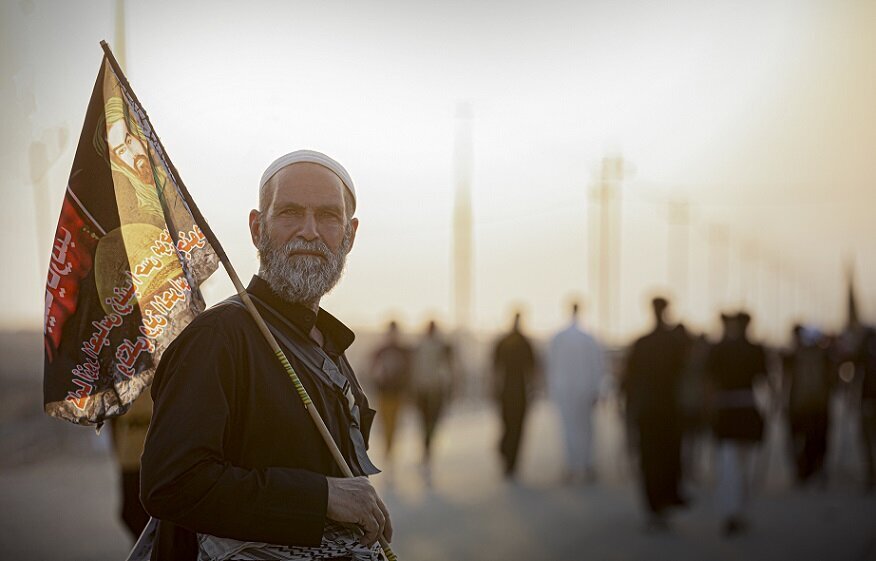Arbaeen; unity of nations around the flag of Imam Hussein

TEHRAN – Millions of Iranian pilgrims who headed to Iraq for the spiritual journey of Arbaeen started to go back home in their millions, carrying with them unforgettable memories of unity and altruism.
This year’s Arbaeen will be marked on September 17 but the religious occasion is far from being a single-day holiday. Arbaeen (literally means the 40th day) arrives 40 days after the Day of Ashura, which marks the martyrdom anniversary of Imam Hussein (AS), the grandson of the Prophet Mohammad (PBUH) who was martyred in the Battle of Karbala on October 10, 680 (Muharram 10, 61 AH), nearly 14 centuries ago.
Although Arbaeen is deeply rooted in the traditions of Shiite Islam, it draws people from various faiths as evidenced by the previous years’ Arbaeen. In the run-up to Arbaeen, millions of people flock on foot to the highly revered city of Karbala, which embraces the holy shrines of Imam Hussein and his brother Abu al-Fadl Abbas. This has come to be known as the Arbaeen Great Walk. Because the pilgrims head to Karbala on foot.
After the fall of Saddam, the Iraqi Shia started making pilgrimage freely on foot from all over the country to Karbala. They plan their walk so that they reach Karbala on the Arbaeen day or the days close to it. In the days before Arbaeen, all the ways leading to Karbala are full of pilgrims moving towards this city. According to statistics from previous years, about 20 million people attend this event every year, the Khamenei.ir reported.
Since 2003, the Arbaeen walk has turned into a magnificent phenomenon, uniting peoples of all hues.
Since then, during each year’s Arbaeen, millions of Iranians travel to Iraq and are often offered accommodation in ordinary Iraqis’ homes, which would have been unbelievable only two decades ago. The magic and blessings of Arbaeen were one of the key factors in helping the nations of Iran and Iraq move past the consequences of the 1980s war. Today, Arbaeen has become an emblem of unity between the Iranian and Iraqi peoples.
It also helped neutralize plots by those who don’t want to see Iran and Iraq have good relations. Some media outlets have sought to drive a wedge between the peoples of Iran and Iraq by accusing Iran of meddling in Iraq. But Arbaeen showed that these efforts have come to naught.
Arbaeen has also been a source of inspiration in terms of fighting oppression and arrogance. The root cause of Imam Hussein’s uprising was that he refused to pledge allegiance to a corrupt caliph called Yazid. The caliph did everything in his power to force the Imam into pledging allegiance. But the Imam was steadfast in his opposition to Yazid.
When Yazid ramped up pressures, Imam Hussein decided to depart for Iraq, where he was promised support from Iraqis. Unfortunately, those who had vowed to support the Imam, failed to keep their promise, leaving the Imam alone in the face of the Umayyad caliph.
The Imam was keen to indicate that his uprising was to revive the ideals of Islam and humanity. “If don’t believe in a religion, then at least be free,” the Imam told the army of Yazid.
This message, among other things, has inspired countless numbers of people over the course of Islamic history to rise up against oppression and corruption.
Leave a Comment